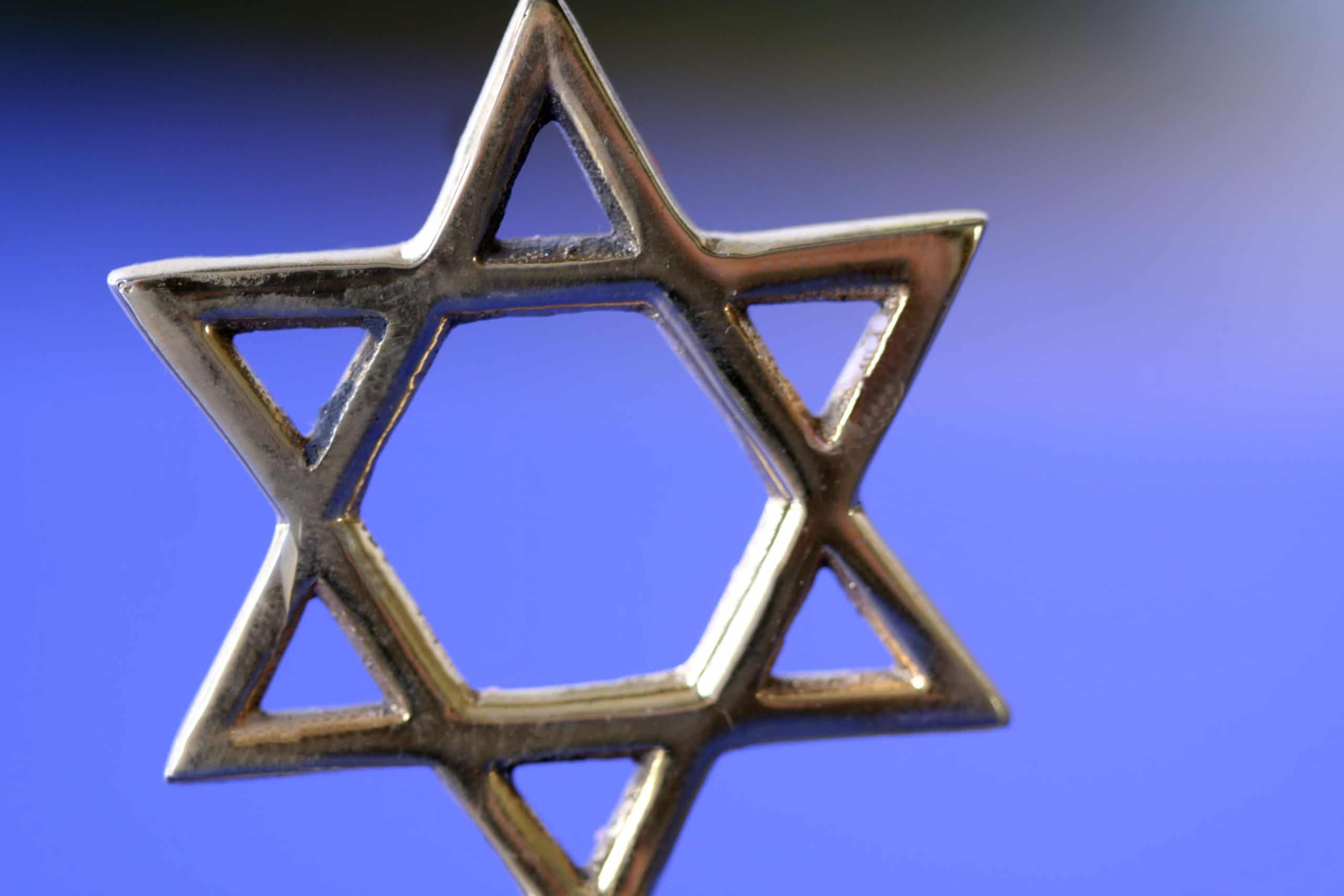What does the Feast of the First-fruits represent?

Below is a list of the special yearly observances that God required Israel to keep. Three were in the spring, while four were fall remembrances.
Spring Observances
(1) Passover (Nisan 14, first month of the religious year)
(2) Feast of Unleavened Bread (Nisan 15-21) Included offering of barley first-fruits.
(3) Feasts of Weeks (Later called Pentecost, 50 days after Passover Sabbath) Included offering of two loaves of leavened bread.
Fall Observances
(4) Blowing of Trumpets (Tishri 1, Seventh month of religious year)
(5) Day of Atonement (Tishri 10)
(6) Feast of Tabernacles (Tishri 15-21)
(7) 8th Day (Tishri 22), following immediately after the Feast of Tabernacles
Both the spring and fall celebrations included offerings of the first-fruits of that season’s harvest. This is significant and illustrates what James describes as “the precious fruit of the earth” (James 5:7). They illustrate various groups of people that are presented to God at different times in God’s plan.
In the spring, the first grain that was harvested in Israel was barley. (See Leviticus 23:10, 11). As part of the week-long Feast of Unleavened Bread the barley first-fruit was offered the day after the Sabbath. It was presented without leaven, a symbol of sin (See 1 Corinthians 5:8). The waving of barley represents Jesus’ resurrection. He died on the 14th of Nisan and was resurrected on the 16th, the very same day the barley was waved before the Lord. Therefore, the waving of barley represents Jesus being presented to God, perfect, unblemished, and without leaven.
However, barley was not the only first-fruit offered to God. Fifty days after the barley offering was the Feast of Weeks (or Pentecost) (Described in Leviticus 23:15-17). Two loaves of wheat bread were baked with leaven and waved before the Lord. The symbolism is clear. In spite of the fact that the wheat was baked with leaven (sin), they were now acceptable because of Jesus’ atoning sacrifice. Acts chapter 2 states that the disciples were given the holy spirit on the Day of Pentecost, proof of their acceptance by God. The fact that there were two loaves of bread corresponds to the two spiritual classes that emerge from after Jesus’ death – the church (Hebrews 12:23) and the Great Multitude (Revelation 7:9).
Following these spring observances came those in the fall. The Feast of Tabernacles on the 15th day of the 7th month came just a few days after the Day of Atonement. During the seven days of the feast, Israelites were commanded to live in makeshift booths as a remembrance of their deliverance from Egypt and their time of wandering in the wilderness (Leviticus 23:42, 43).
This feast was also called the “Festival of Ingathering,” because at that time of year all the corn, wine and oil were harvested (Exodus 34:22). This larger harvest represents the world of mankind being presented to God in the millennial kingdom.
Zechariah 14:16 tells us that the world will one day celebrate this feast. “Every one that is left of all the nations which came against Jerusalem shall even go up from year to year to worship the King, the LORD of hosts, and to keep the Feast of Tabernacles.”
That is the appropriate feast for mankind to observe, because as it was first instituted to celebrate Israel’s deliverance but then will celebrate mankind’s deliverance from sin and death.
God gave these special observances to illustrate the two ages, or time periods of salvation:
- The Gospel Age (the time of the gospel message going forth), represented by the two spring offerings, and
- The Millennial Age (God’s future kingdom), represented by the fall Feast of Tabernacles.
The Apostle Paul wrote,
“For as in Adam all die, even so in Christ shall all be made alive. But every man in his own order: Christ the first-fruits; [in the Gospel Age] afterward they that are Christ’s at his coming [in the Millennial Age].” 1 Corinthians 15:22, 23







